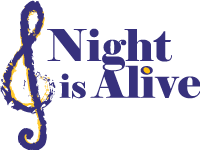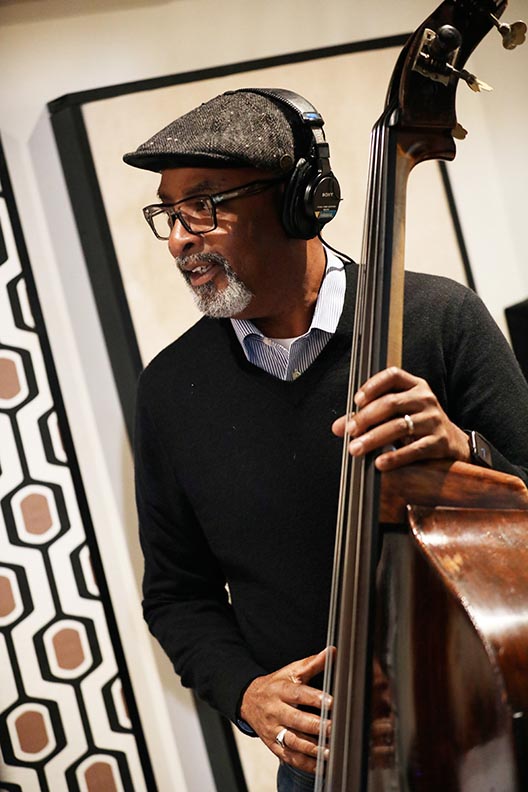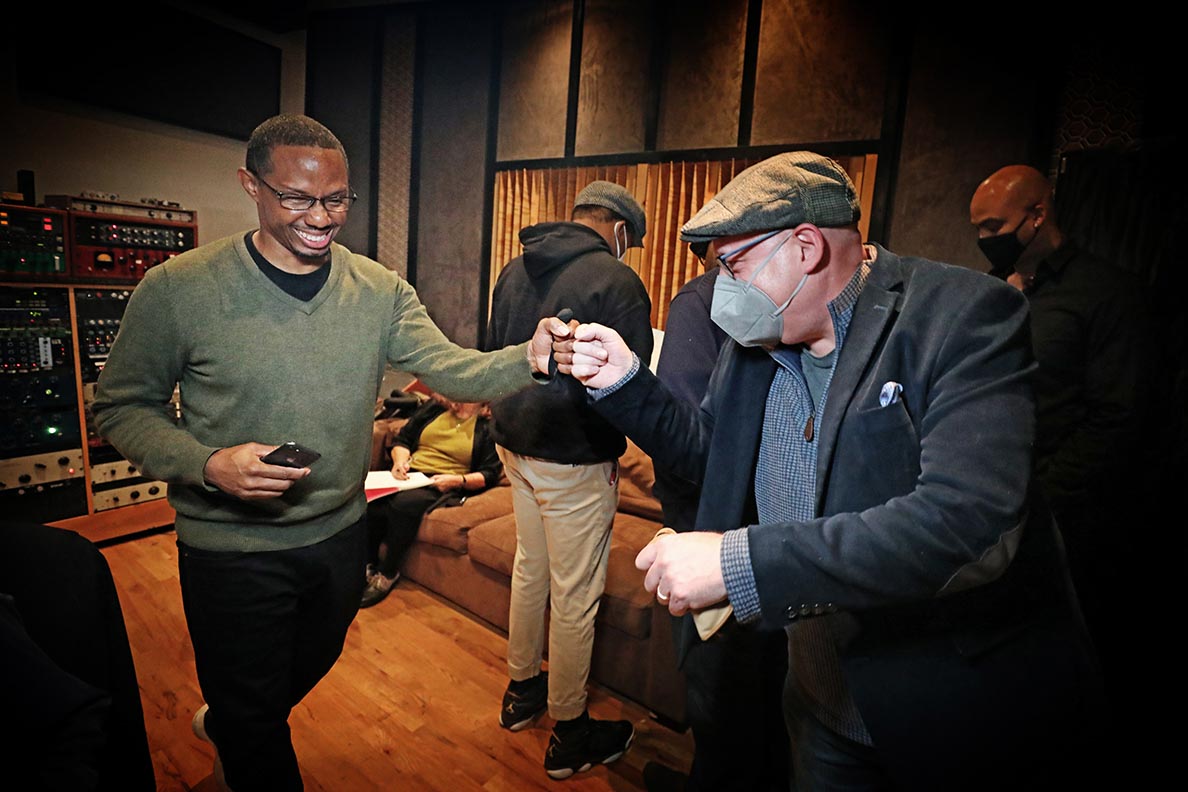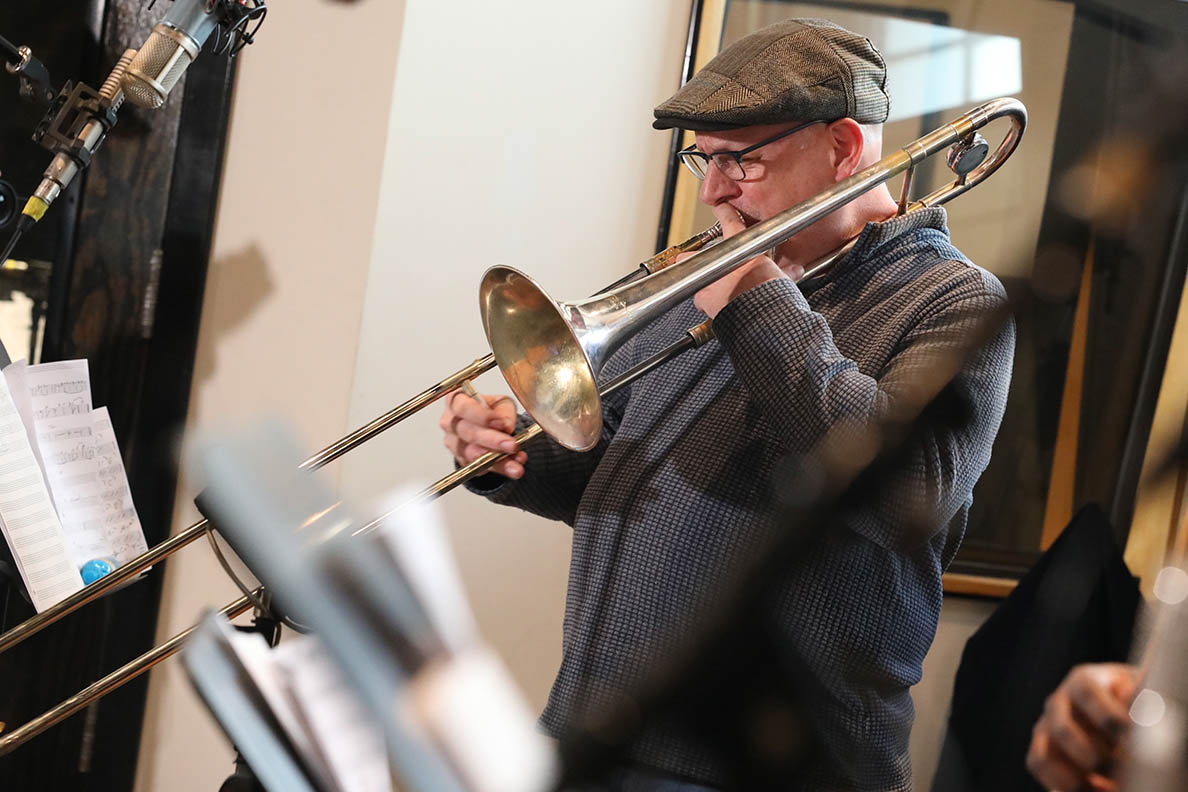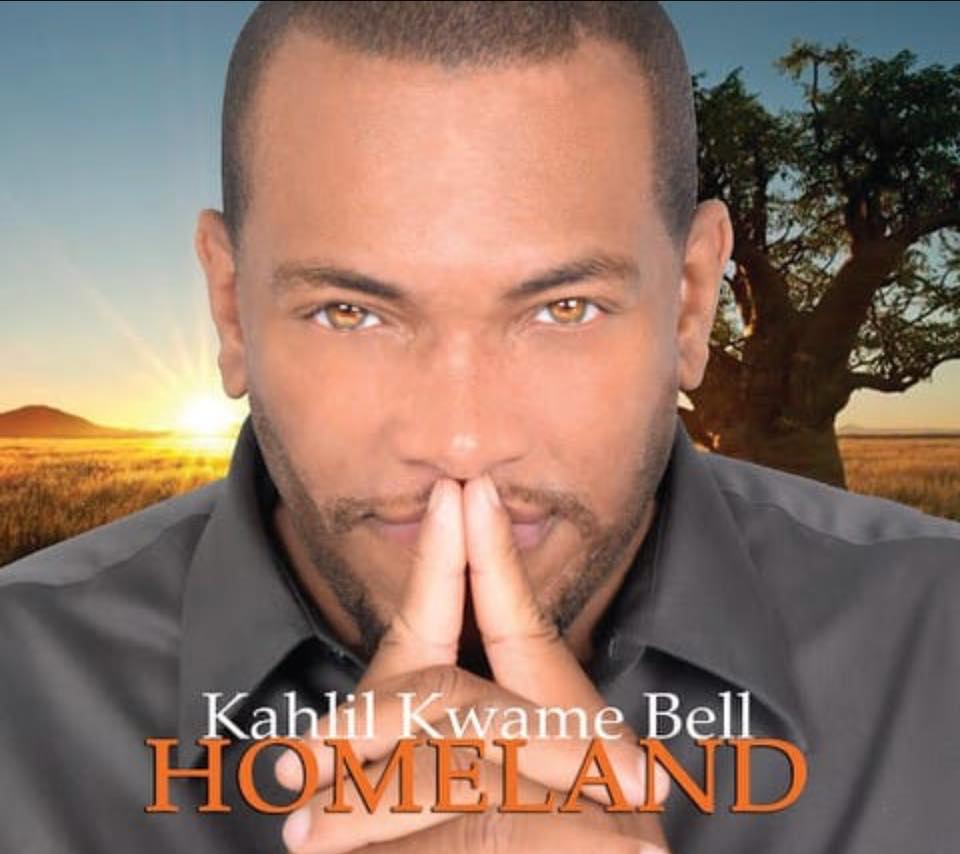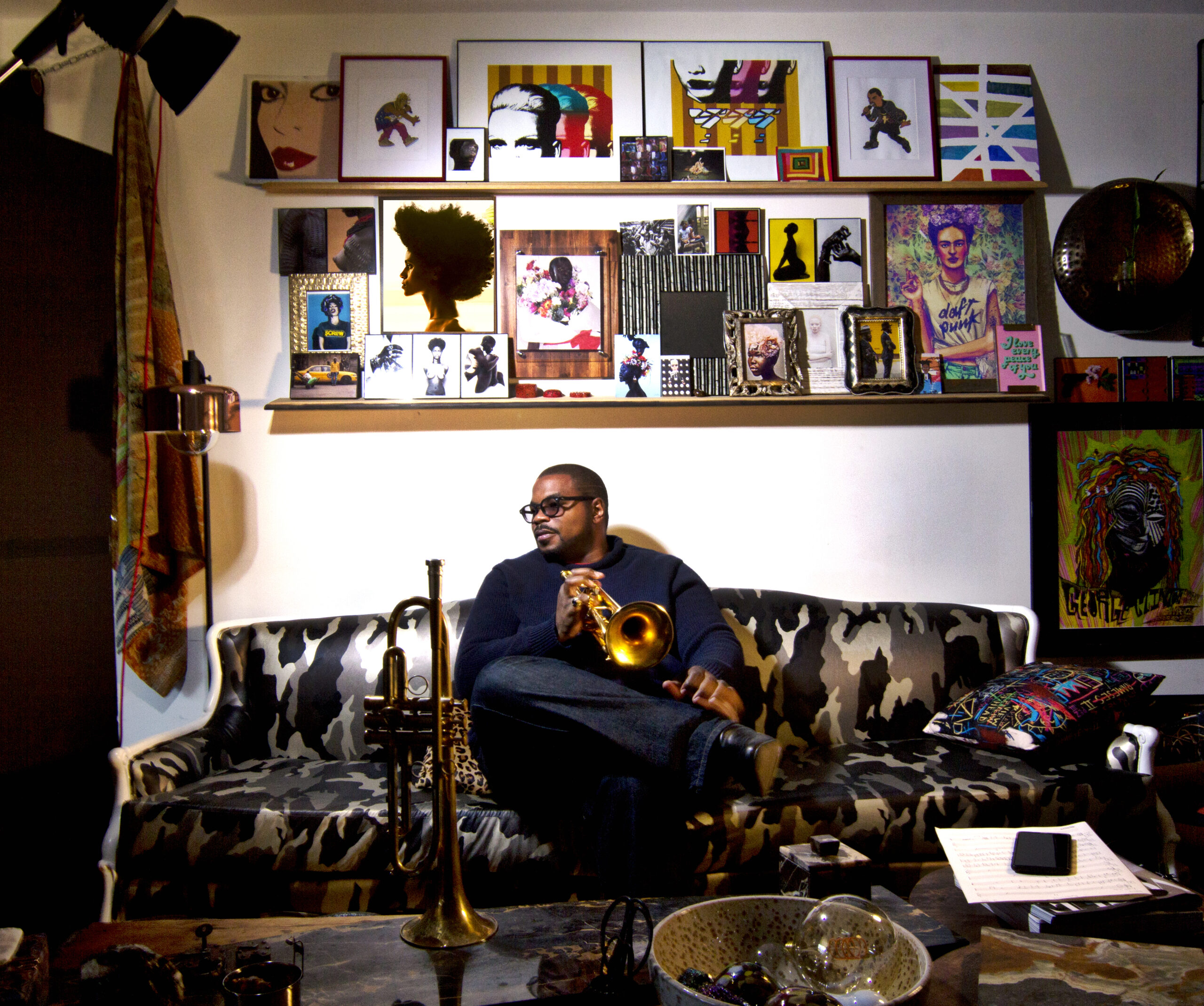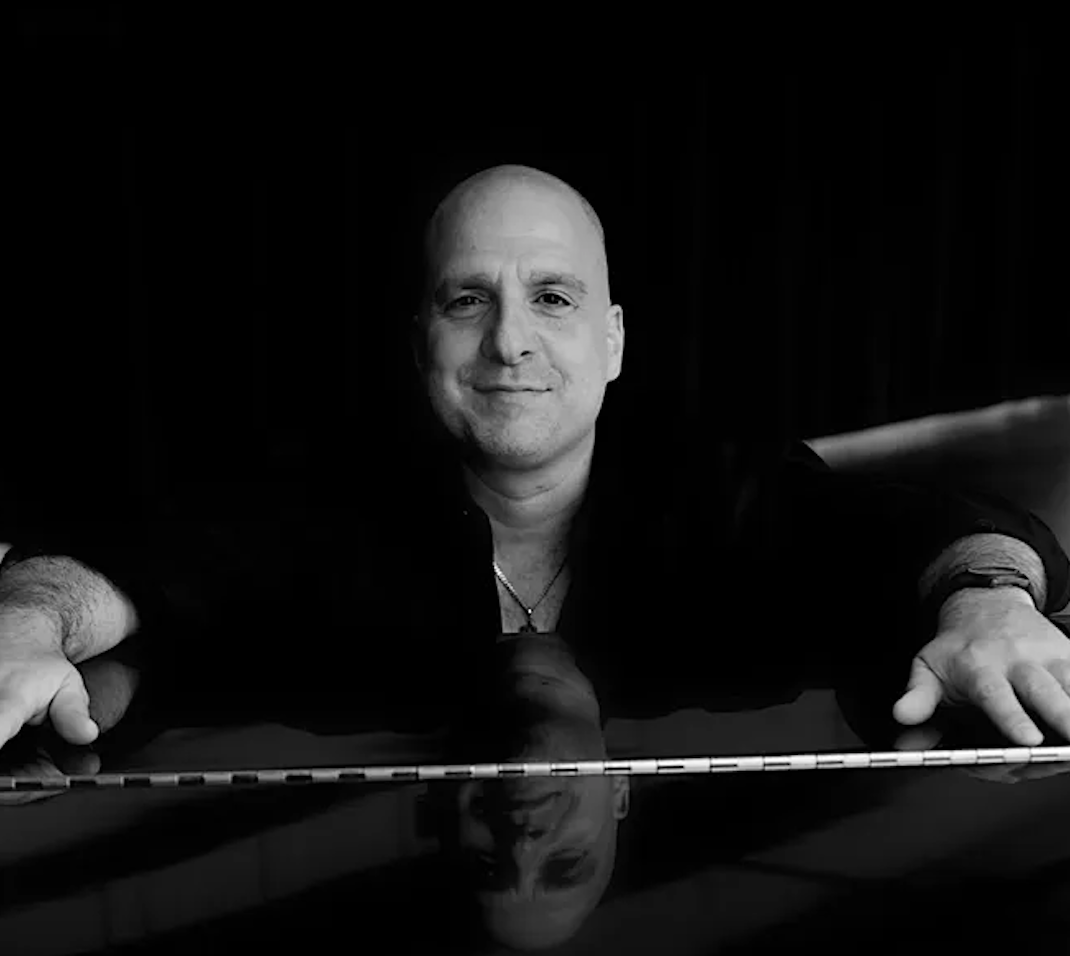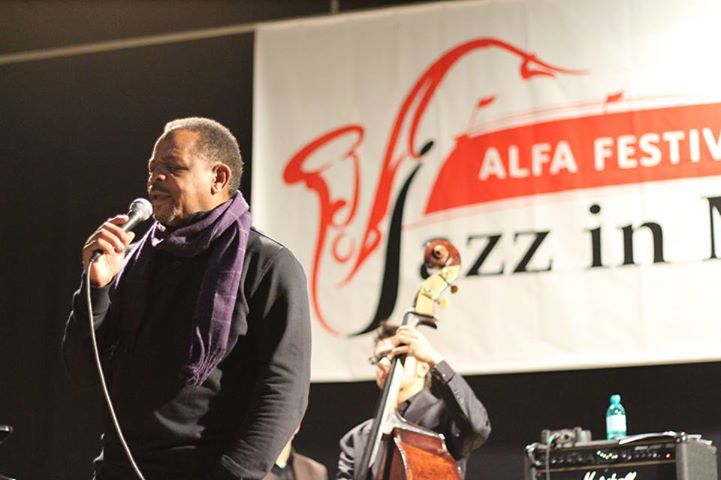Feature Friday Q&A with Gerald Cannon
Feature Friday Q&A with Gerald Cannon
Happy Friday! You made it to the end of the week! Gosh, it sure does feel good, doesn’t it? And the cherry on top is that we have the first installment in a brand-new Feature Friday Q&A series! This time, we’re interviewing the musician, composer, and painter Gerald Cannon.
Jazz bassist Gerald Cannon has performed all over the world with Roy Hargrove’s band, made his debut in the New York City visual art world, and is currently an instructor at the Julliard School and Oberlin College and Conservatory.
But before all of those accomplishments, he was just a boy growing up in Racine, Wisconsin. Read the interview to learn more about his formative years.
JK: I read online that your initial inspiration was your father Benjamin, who was a guitarist, and bought you your first bass. So, I’m guessing that music was a big part of your household growing up?
GC: Oh yeah, constantly. My father had a gospel quartet when I was a kid—I mean he always had one as far back as I can remember. So, there was always music in our house. We used to rehearse at our house on Wednesday evenings. There were always guitars around the house, and I was never supposed to touch his guitars, but I did every time he left the house. He called me one day, and I though, uh oh, I’m in trouble, and if I hadn’t been able to play anything, I would’ve been in trouble! But I figured out a few notes—actually a few notes that my uncle sang in my father’s gospel quartet. I just played something nice that he sang—he sang bass. So, then my father took me immediately to a music store and bought me my first electric bass. I was nine years old then.
JK: Did you play any instruments before the electric base?
GC: No. Just electric bass.
JK: So, at age 9, did you know that was what you wanted to do with the rest of your life?
GC: Yeah, I kinda did. After that I pretty much spent all my free time on it. I was just really happy to have something that I could call my own. My brother was an actor and, so when I started taking lessons—I was about 9 or 10—my brother started taking voice and acting lessons.
And my mother and father used to dance all the time. I guess that before I was born, they used to win awards for their dancing abilities. And my grandmother was a great gospel pianist in the South. So, it’s kind of always been there.
JK: Was your mother also a musician?
GC: No, she wasn’t. She was just a housewife, but she loved music and could dance. Her and my father used to dance in our living room to Nat King Cole and some records and stuff.
JK: What was your most beloved song during your childhood?
GC: Oh, that’s an interesting question cause, like I said, we listened to music a lot. Let’s see—it would be this record my dad used to play all the time. It’s a Kay Burrell record called Midnight Blue. And I remember hearing “Gee Baby Ain’t I Good To You” all the time when I was a kid. I mean we just had records—I don’t know; I don’t really have a special song. We listened to music all the time in our house. It’s kind of hard to think of just one. It was all good music too—we listened to lots of jazz; my dad played lots of gospel records.
JK: What was the first song that you learned on the electric bass?
GC: Hmm. Probably The Old Rugged Cross. If I remember correctly. That was 50 years ago.
Tune in next time to learn more about Gerald Cannon. And in the meantime, you can listen to him play in the WJ3 All-Stars’ newest album, My Ship.
